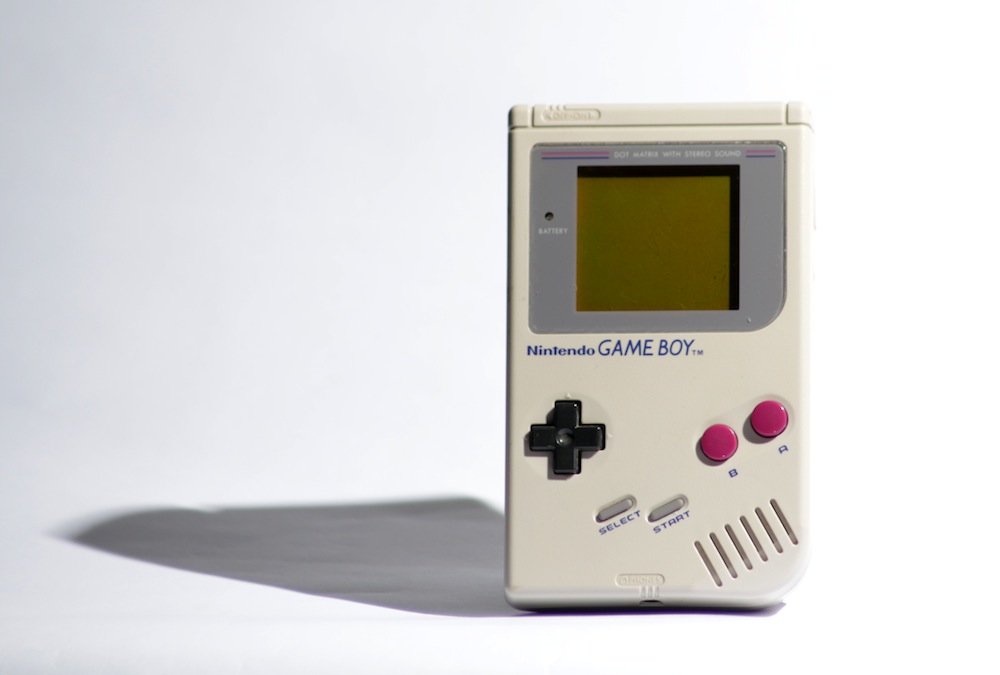
Game Boy Classic
On April 21, 1989, Nintendo presented the 8-bit handheld video game device called Game Boy, the first handheld console. The Game Boy and its successor, the Game Boy Color, have been tremendous successful by combined selling 118.69 million units worldwide. Upon its release in the United States, it sold its entire shipment of one million units within weeks. The device became a cultural icon of the early 1990s. Production of the device continued into the early 2000s, and eventually stopped after release of its successor, the “Advance”, in 2001.
Competitors
The Game Boy was the most commercially successful of its kind, even though it had several competitors on the market and was technically inferior. One of those was the Atari Lynx, which even went with color graphics and networking abilities. Unfortunately users were only able to play 4 hours, because it used too much of the battery power. Another competitor was Sega’s Game Gear, which was in comparison to the Game Boy much more expensive and was only sold around 11 million times in total. The Game Boy really succeeded with its energy efficiency, able to run about 10 hours, even though it lacked of good lighting and only displayed four shades of grey.
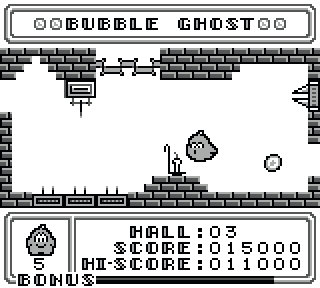
Level 3 screenshot of the Game Boy video game Bubble Ghost. Game Boy version released in 1990, author: Christophe Andréani.
Games and Add-ons
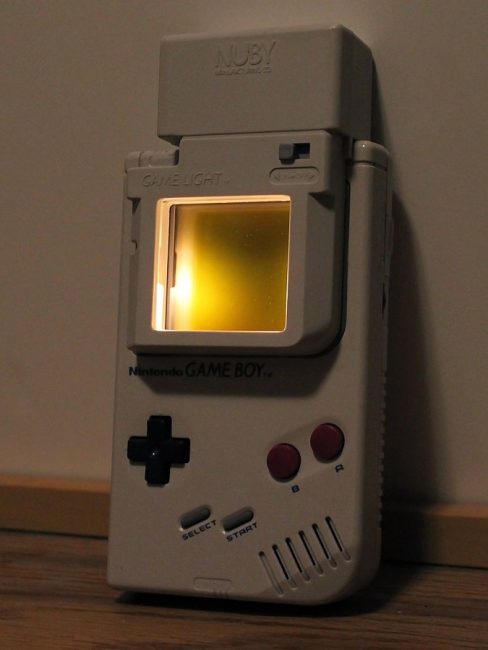
The original console lacked a backlight, so many third-party add-ons were created to improve play in low light conditions. Image: Owens1962
Gaming never got boring with the famous handheld and almost everyone found a game he or she liked. Probably some of the most successful games were Tetris, Super-Mario and Donkey-Kong. A great part of its success also depicted the Pokémon series published in 1996 and I remember everyone fighting over which was better, the red or the blue edition. Nintendo also published several add-ons for the handheld device, such as the Game Boy printer and a camera, which was really a great fun before camera phones established on the market. Also very useful was the Game Boy magnifier and the additional light you could set up.
After the original version of the handheld, many upgrades followed through the years including a transparent version or the light version with an additional background lighting. However, the Game Boy Color was probably the biggest advancement in the first 10 years, published in 1998. It was able to pictures 56 colors at the same time and equipped with an infrared port to support networking between players. The first touchscreen on the device was introduced with the Nintendo DS in 2004 and differed in almost everything from the normal Game Boy series.
Michael Steil, The Ultimate Game Boy Talk (33c3), [6]
References and Further Reading:
- [1] Official Website at Nintendo
- [2] The Making of the Nintendo Game Boy
- [3] The Hero of Mushroom Kingdom turns 27 – Super Mario!, SciHi Blog
- [4] Happy Birthday Pac Man, SciHi Blog
- [5] Have you played Atari today?, SciHi Blog
- [6] Michael Steil, The Ultimate Game Boy Talk (33c3), media.ccc.de @ youtube
- [7] Beuscher, Dave. “Game Boy – Overview”. Allgame.
- [8] “Satoru Okada talks Game & Watch, Game Boy and Nintendo DS development”. Issue 163. Retro Gamer Magazine. 2016
- [9] Stuart, Keith. “Nintendo Game Boy – 25 facts for its 25th anniversary”. The Guardian.
- [10] “A Brief History of Game Console Warfare: Game Boy”. BusinessWeek. McGraw-Hill.
- [11] Game Boy at Wikidata



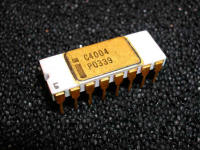
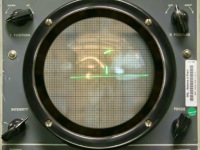

I still prefer the original version. Simple, robust, fun sounds – just perfect.
I don’t know I think I liked both, the classic and color. On the Game Boy Color I really really enjoyed the add-ons like the printer and camera…